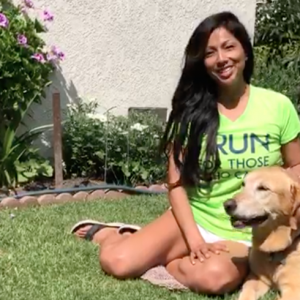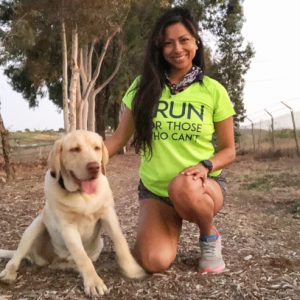
By Wellness Educator and Endurance Coach Nadia Ruiz
Once we embrace the joy of running, we find ourselves looking forward to lacing up again for the next run, speed session, or mountain escape.
The rate of our recovery determines how fast we can get back out there doing what we enjoy, and this rate of recovery is unique for each individual.
When an individual introduces a new training stimulus or increases training volume, or as we grow older, the rate of recovery slows and requires more attention. The great news is we have the power to influence our rate of recovery at any stage of life or training. Paying attention to recovery allows us to train safely, while minimizing the risk of injury.
There are three areas in our recovery: 1) physiological, 2) neural, and 3) psychological.
Here are 10 strategies to improve your rate of recovery that help each of these areas at home:
- Active recovery: Incorporate low-intensity or low-impact days into your weekly routine such as elliptical, cycling, swimming, walking. Because of the influx of feel-good chemicals that flush into our body during and post-workout, we may want to go hard every day. However, active recovery helps flush soreness or compounding fatigue out of the legs.
- Foam roll/dynamic stretching/yoga: Activation of tissues in a gentle manner also helps with circulation and flushing the legs.
- Elevate legs: After a difficult training session or at the end of the workday, this allows the blood to recirculate back through the upper body systems so there isn't an accumulation of inflammatory factors in the lower extremities.
- Compression gear: From compression leggings and socks to sleeves, there is some data showing that they help improve circulation. It has been, in the past, prescribed for pregnant women, individuals with poor circulatory problems in their legs, and air travelers.
- Refuel wholesomely: What you eat post-workout gives your body the building blocks to rebuild for your next workout. Choose wholesome snacks and balanced meals. We may want to indulge in the burger, pizza, and fries—but know that these are broken down and used in your body to build your tissues, muscles, organs, etc. Opt to be built from healthy food choices to recovery faster.
- Hydrate frequently: The viscosity of our blood is influenced by how much we drink and what we drink. The more water and electrolytes we consume (such as Liquid IV), the lower the viscosity of our blood allowing it to flow freely in our circulatory system. Think of it as a free-flowing freeway clear of any accidents. We don't want accidents within our circulatory system due to congestion from high viscosity. Drink water frequently.
- Stress management/meditation: Chronic stress causes a physiological response in our bodies and the longer we don't manage it daily, the more it can cause damage within our body's organ systems thereby slowing down our healing and recovery process. The stress hormone, cortisol, has a purpose in our bodies; however, continuous elevated cortisol levels make us immuno-compromised. Incorporate activities that help you unwind. You deserve 30 minutes to yourself at least every day to exhale. The more you give yourself, the more you are able to serve others.
- Ice baths: Data shows that after intense training sessions or races, ice baths help reduce the inflammatory response by constricting blood vessels so inflammatory factors don't leak in into the body. Opt for 10-15 minutes in an ice bath if you can tolerate it soon after a high-intensity training session.
- Epsom salt baths: Warm salt baths are relaxing, soothing, and the salinity has been shown to have restorative effects.
- Sleep: The amount and quality of sleep impact our energy levels, regeneration rates, and immunity among other factors. Sleep is the golden ticket to increased health in a variety of ways. Invest in a quality mattress and linens, and skip the late-night TV-watching to be able to go to bed earlier. Investment in your sleep has the greatest return in your body.
If you are looking for more ways to improve your recovery rate, visit my next 7 strategies to help recover even faster here.
As always, be sure to follow your local, state, and national safety guidelines. Also, be sure to talk with your doctor before beginning or changing any new diet or exercise program.
There’s still time to register for the Virtual Run for Mobility, June 12-22, 2020. Visit this page for more information or to register for free.





